10 Iconic Millennial Moments Gen Z Missed Out On

The millennial generation experienced a unique era filled with revolutionary cultural shifts, technological advancements, and unforgettable trends. As Gen Z grows up in a world dominated by social media and instantaneous connectivity, they might wonder about the pre-digital age magic that defined the millennials’ formative years. From the simplicity of real-life connections to the excitement surrounding scheduled TV programming, these moments not only shaped a generation but also left an indelible mark on cultural history. Let’s take a nostalgic journey through ten iconic millennial moments that Gen Z never got to fully experience, each bursting with its own distinct charm and allure.
1. Clubbing Without iPhones
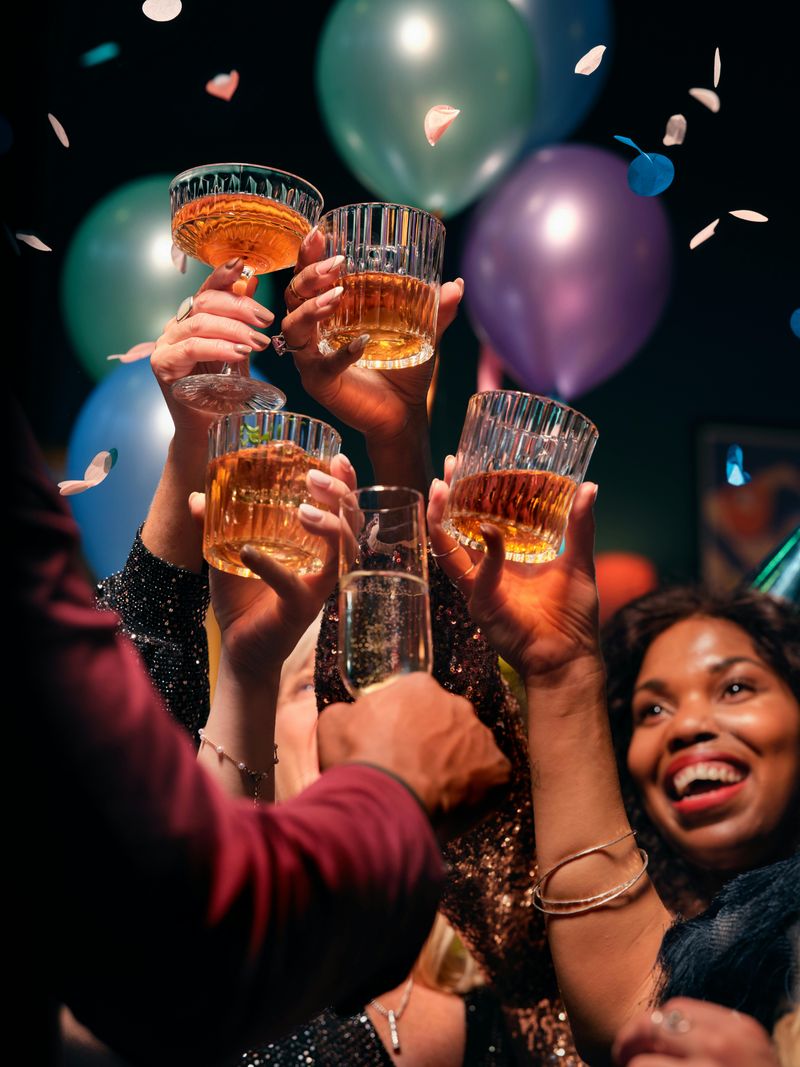
Imagine a time when the dance floor was truly for dancing. In the early 2000s, nightclubs were vibrant spaces where people connected through music and movement rather than screens. Without the omnipresence of smartphones, the focus was on genuine interaction. Drinks were affordable, making nights out accessible.
People were in the moment, experiencing the music and atmosphere without the distraction of capturing it for social media. It was an era where spontaneity ruled, and the only proof of a night out was a foggy memory or a crumpled flyer.
The absence of instant uploads meant stories lived through word of mouth, adding an air of mystery to nights out.
2. Watching New Episodes of The OC
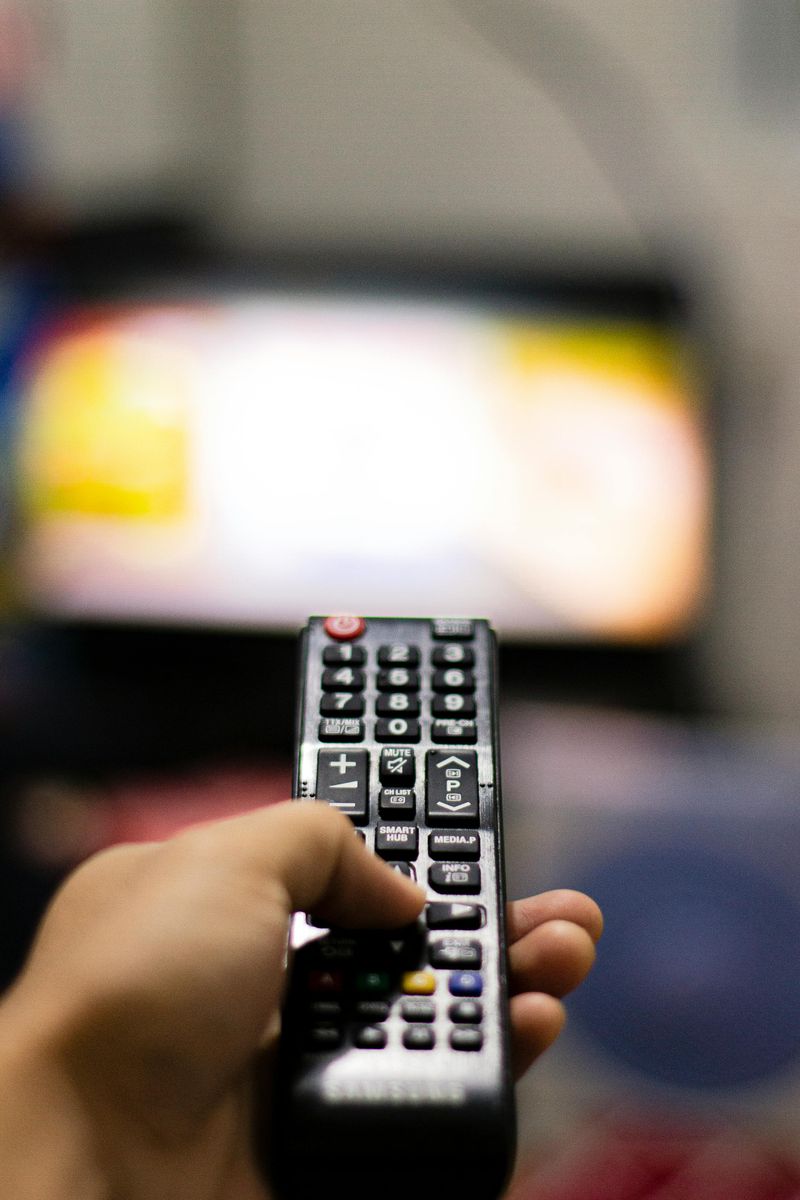
In the age before streaming, television viewing was a collective experience. Fans of “The OC” tuned in weekly, gathering with friends for the latest drama in Newport Beach. Missing an episode meant missing out on the next day’s schoolyard chatter.
Episode parties were a thing, with snacks shared and theories exchanged. There was an excitement in waiting, a suspense that built up week by week.
Unlike today’s binge-watching culture, viewers savored each episode, discussing every twist and turn while eagerly anticipating the next installment. It was television that brought people together in real time.
3. The Britney / Lindsay / Paris Triumvirate

Celebrity culture was at its peak in the mid-2000s. Britney Spears, Lindsay Lohan, and Paris Hilton dominated tabloids, turning personal lives into public entertainment. The trio was the epitome of celebrity allure and chaos.
Their every move was documented, creating an endless cycle of fascination and scandal. Fans eagerly followed their antics, from fashion choices to nightclub escapades.
This era of celebrity gossip was thrilling and consuming, providing an escape into a glittering world of fame and fortune. It was a time when celebrity status felt larger than life, captivating audiences worldwide.
4. Everyone Was LGBTQ+ Friendly
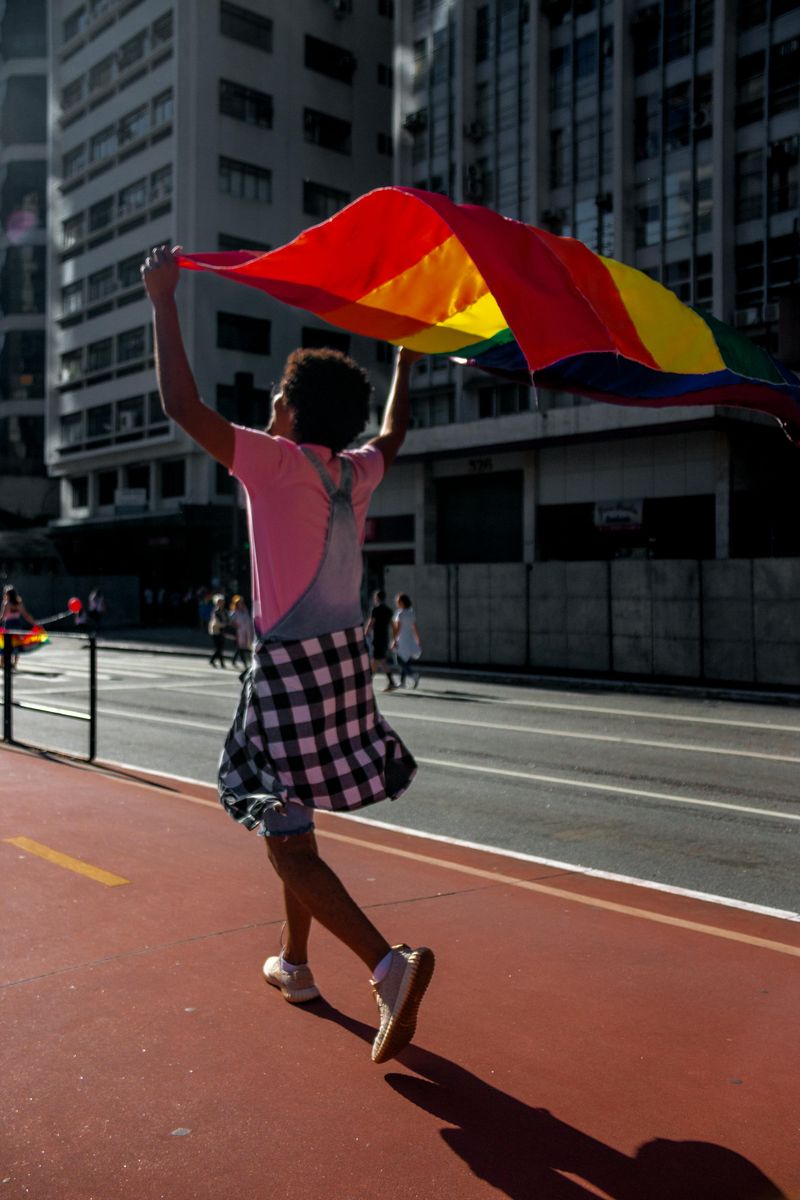
In the millennial era, allies championed LGBTQ+ rights with fervor. While acceptance wasn’t mainstream, communities rallied for inclusion, often organizing pride parades and awareness events.
Friendship circles became safe spaces where diverse identities were celebrated, fostering genuine connections and understanding. Efforts to push for societal change were heartfelt and grassroots-driven.
This movement paved the way for today’s more inclusive culture, but back then, it was about fighting for recognition and acceptance. The sense of camaraderie and solidarity among supporters was palpable and deeply impactful.
5. Indie Sleaze

Welcome to the gritty, glamorous world of Indie Sleaze. Broke was chic, and creativity thrived in dimly-lit spaces. Music powered nights where bands like MGMT and The Strokes ruled the scene.
Four Loko fuelled adventures, offering questionable energy and questionable choices. The aesthetic was all about mismatched clothes and unapologetic self-expression.
This era celebrated authenticity over polish, with a focus on the music and raw experiences. It was a time where the underground came alive, creating unforgettable nights and a thriving subculture that resonated with a generation seeking alternatives.
6. More Thoughtful Media
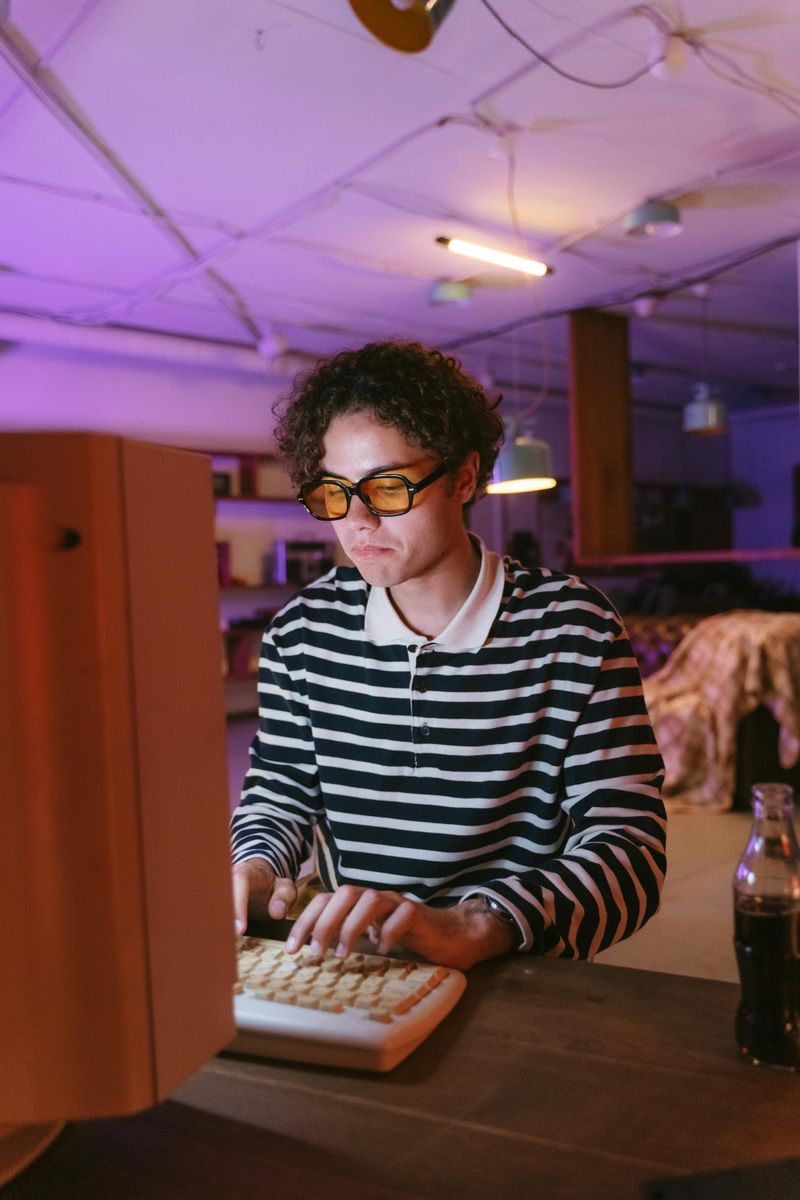
Before the algorithm-driven landscape, online spaces like Tumblr and XoJane were platforms for authentic expression. Millennials curated content with intention, sharing personal stories, art, and opinions.
These platforms encouraged deep dives into niche topics, fostering communities around shared passions. Writing was thoughtful and introspective, prioritizing meaning over metrics.
It was a time when digital spaces acted as diaries, capturing moments of vulnerability and creativity. The focus was on profound engagement rather than fleeting attention, creating a digital landscape rich with purpose and connection.
7. Hope for the Future
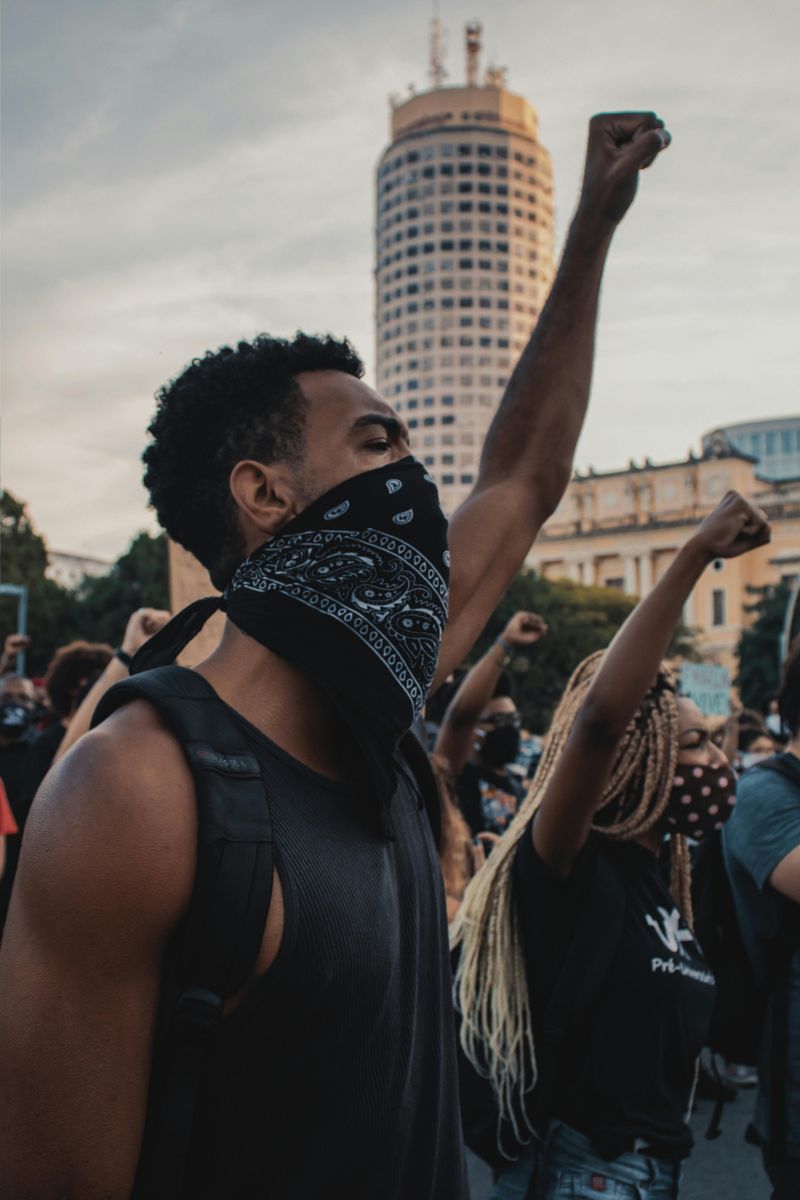
Millennials grew up in a time of optimism. The belief in progress was palpable, with a sense that things were steadily getting better. Social campaigns and activism were driven by hope.
This era saw movements for environmental awareness and global cooperation, striving for a brighter future. Optimism wasn’t just a feeling; it was a movement.
People joined together with shared visions of positive change, believing in their power to shape the world. It was a cultural zeitgeist that emphasized possibility and the impact of collective action.
8. Burning Mix CDs

Crafting the perfect mixtape was an art form in the 2000s. Mix CDs were personalized playlists, painstakingly compiled and decorated as tokens of friendship or romance.
Each track was selected with care, representing emotions and messages that couldn’t be expressed in words. The process was time-consuming but rewarding.
Sharing a mix CD was an intimate gesture, revealing personal tastes and stories. It was a tangible reminder of connection in an increasingly digital world, cherished for its thoughtfulness and creativity.
9. The Tumblr Era

Tumblr was a sanctuary for millennials seeking identity and community. It was a space where art and self-expression thrived, untouched by commercialization.
Blogs were curated with precision, showcasing aesthetics and thoughts that resonated deeply. The platform encouraged individuality and creativity, allowing users to explore and define themselves.
For many, reblogging was more than sharing; it was a form of self-expression. This era allowed for introspection and artistic exploration, creating a digital haven for those searching for belonging.
10. Music Festivals Before Influencers
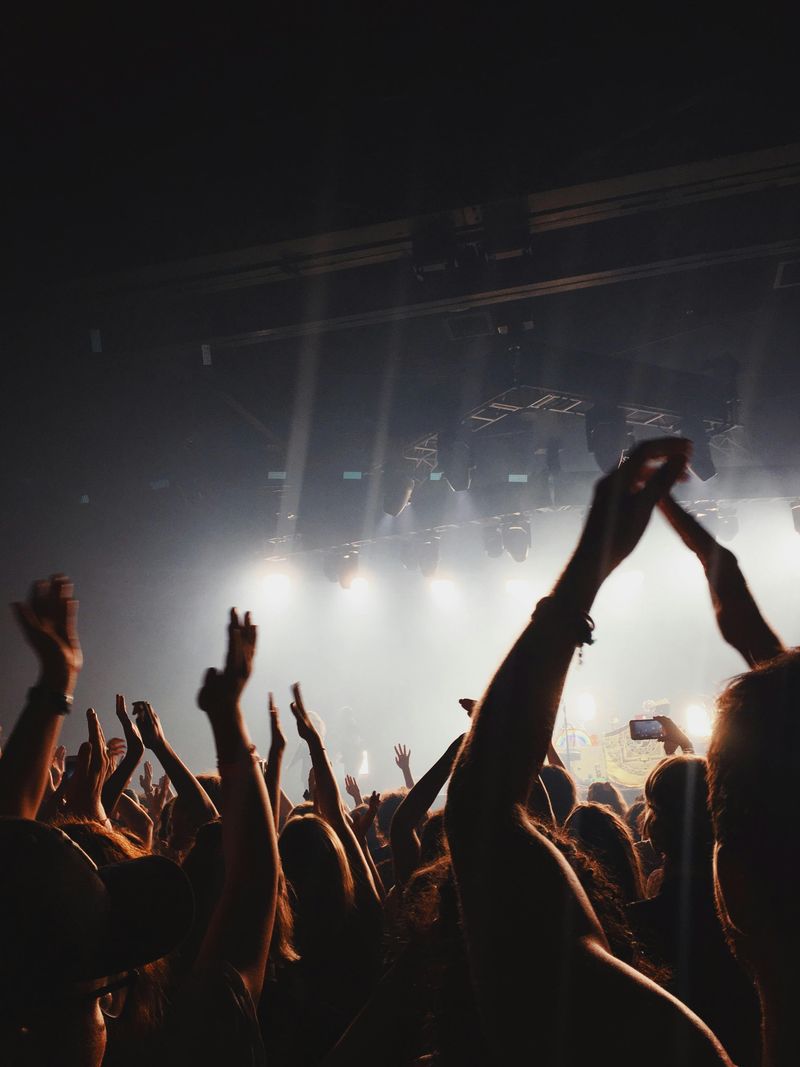
Before the influencer era, music festivals were about the music and nothing else. People attended for the bands and the experience, not for photo opportunities.
The atmosphere was electric, with genuine fans coming together to celebrate their favorite artists. Dust-covered clothes were badges of honor, symbols of a weekend well-spent.
There was an authenticity to these gatherings, a focus on connection and music over social media presence. It was a simpler time when festivals were pure celebrations of sound and community.

Comments
Loading…